Siphon pot coffee making process parameters what are the advantages and disadvantages of siphon coffee
About 10 years ago, siphon pot coffee was very popular in East Asia, and there was often a row of exquisite siphon pot utensils in alley cafes. Now, siphon coffee has been replaced by hand-brewed coffee and has become the main way of production in the new generation of coffee shops. There are few coffee shops that still insist on siphon pots.
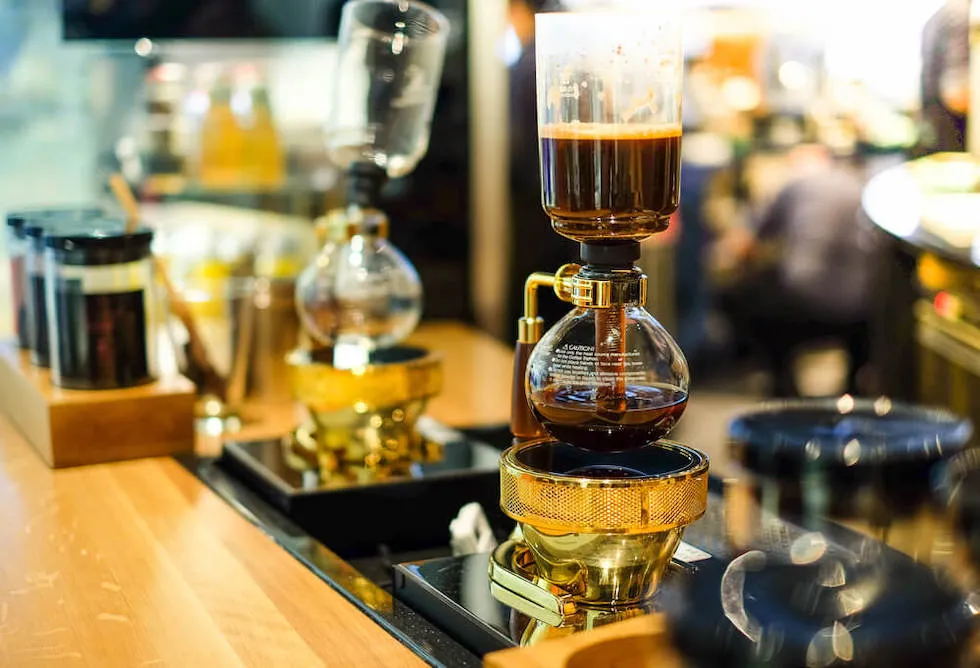
Siphon coffee culture siphon pot has a history of more than a hundred years than hand-brewed coffee. Despite the embryonic evolution in ancient times, the first upright siphon pot was improved by French wife Madame Vassieux in the 1840s. The famous Japanese siphon pot manufacturing company (KONO) also launched the vertical siphon pot in 1924-25. This company is basically the ancestor of the East Asian siphon pot, and almost all the siphon pots are based on KONO. The heat of the siphon pot is inseparable from the output of Japanese coffee culture. Japanese coffee in the last century was fragrant, strong and mellow. The siphon pot is just a good way to show the aroma and mellowness of coffee. This trend from Japan to Hong Kong, Taiwan and then to the mainland, has formed a generation of coffee culture.
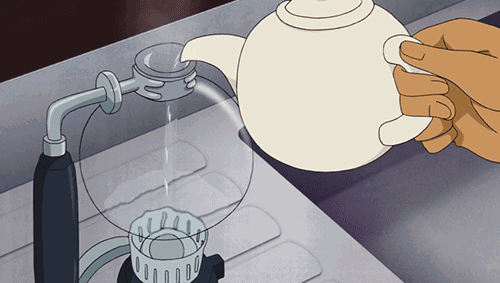
The delicate and elegant movements of the siphon pot are also favored by the coffee shop. Turn on the light wave stove and watch the water slowly boil and be sucked up to the upper pot. The barista stirs gracefully with a stirring stick, and then the coffee is slowly siphoned back into the next pot. The process is very healing.
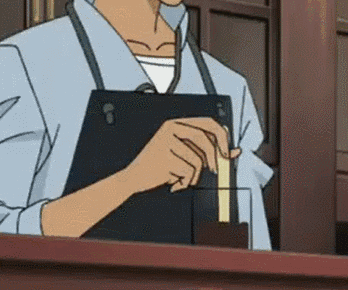
Also thanks to the simple operation of siphon pots, some ordinary families are also equipped with siphon pots to make coffee. Take my cousin's house as an example, when hand-brewed coffee was not so popular at that time, my cousin who had just returned from abroad spent a lot of money on a whole set of coffee equipment in order to drink coffee at home. The only equipment used to brew coffee is the siphon pot. In watching some ancient Japanese TV dramas, I was shocked by the fact that the coffee served by most guests was brewed in a siphon pot (at that time, for me, who was always watching Hong Kong scene dramas, the family coffee is an American drip filter pot and a compact automatic coffee machine). "Qianjie siphon pot Coffee sharing: use medium and deep roasted coffee beans, grind them into a finer grind than hand-baked beans (90% pass rate of sieve 20). The ratio of powder to water is 1:12, that is, 20g powder for 2 people using 240ml water, extraction time is controlled at 50-60 seconds, pour coffee powder into the pot after the water is sucked into the pot, press the coffee powder close to the water with a stick, wet the coffee powder completely, and then at 25 seconds, stir the powder layer for 7 seconds. Divide the powder layer into 3 layers (oil, coffee powder, water), turn off the heat source at 55 seconds, finally stir for 5 seconds, and wait for the coffee liquid to return to the next pot. "
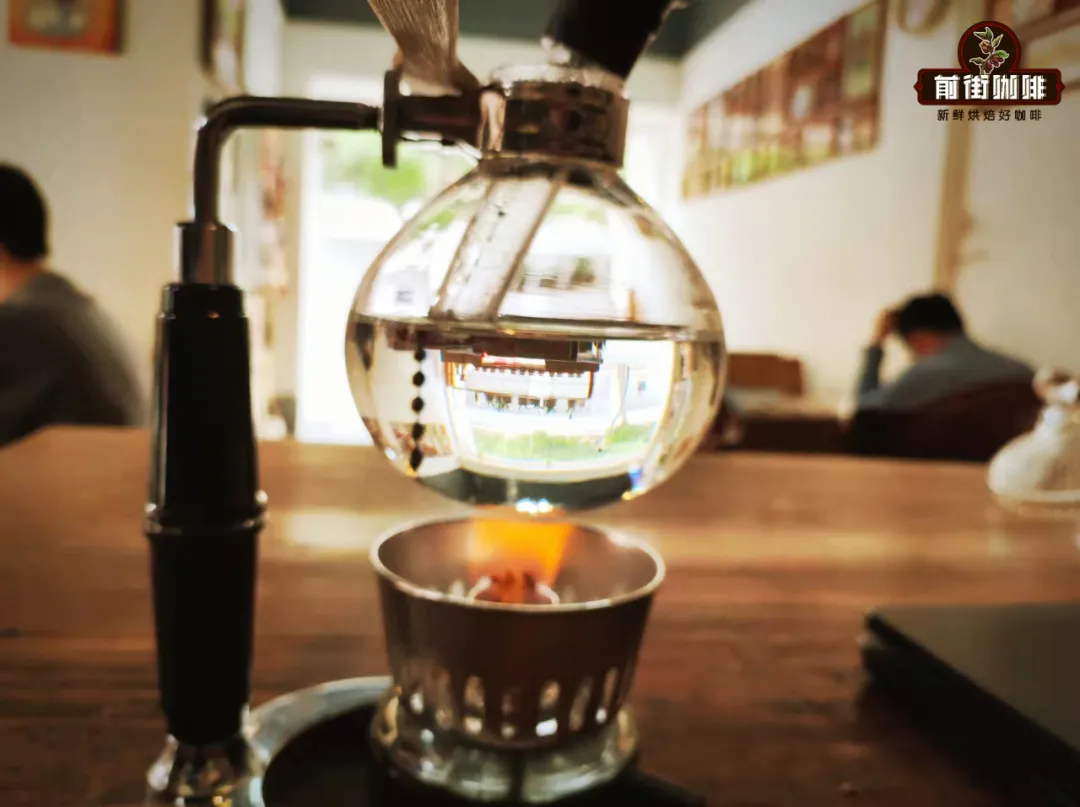
Siphon pot coffee is out of date? From the first Japanese siphon Pot Championship held by SCAJ in Japan in 2003 to the first World siphon Pot Championship (WSC) held in 2009, it can be seen that siphon coffee has already affected East Asia from Japan at that time, and then only affected East Asia. Compared with the World barista Competition and the World Coffee Brewing Competition, the attention is still small.
It is believed that there are two reasons why hand-brewed coffee has replaced the siphon pot in front of the street. The first is the change in coffee flavor from thick and strong to floral and fruity, just as rose summer has replaced Blue Mountain and cat droppings. Compared with hand brewing, the cooking method of siphon pot is slightly insufficient to express the explosive aroma of light-roasted coffee. The second point of "the waves behind the Yangtze River pushes the waves forward" is that the convenience of hand-made coffee is higher than that of siphon pots, especially in the follow-up cleaning. if placed in a shop with a large volume of cups, siphon pots will only be more troublesome. However, there are many ways to play the siphon pot. For example, we can use it to cook instant noodles. Although it will not be more delicious, it looks a lot more classy. When we eat, we eat in a mood.

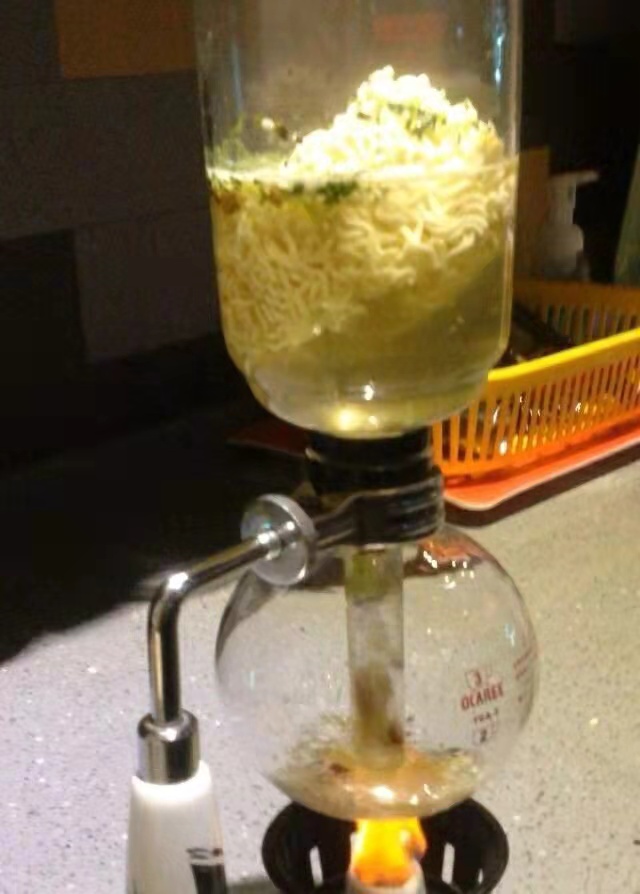
Or, it is also a good practice to cook winter yin.



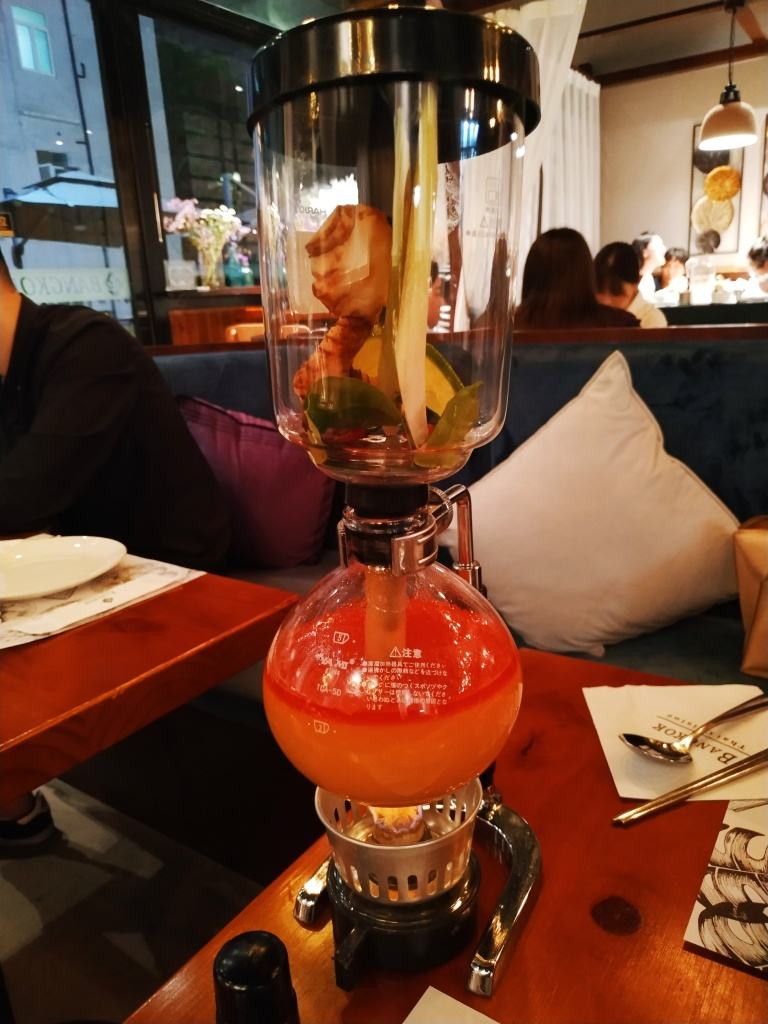
Important Notice :
前街咖啡 FrontStreet Coffee has moved to new addredd:
FrontStreet Coffee Address: 315,Donghua East Road,GuangZhou
Tel:020 38364473
- Prev
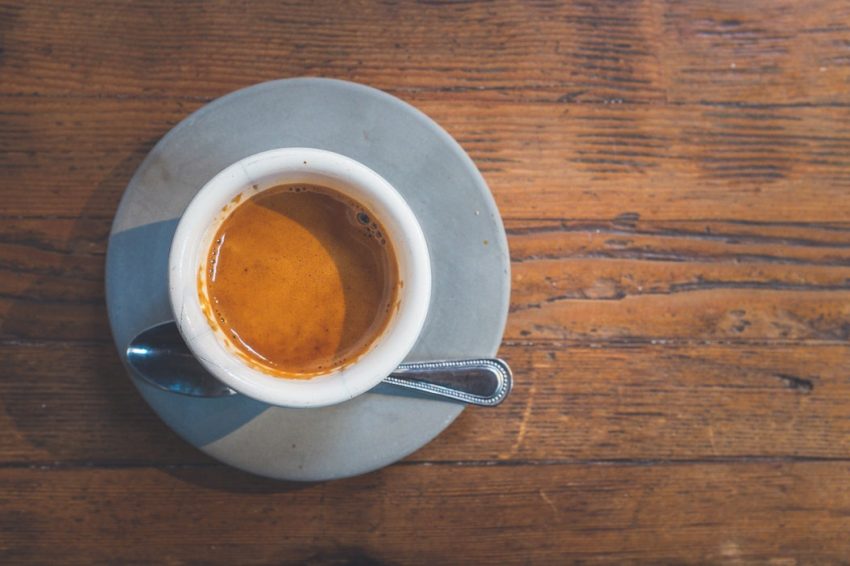
How about espresso crema fat? Is coffee oil harmful to the body?
"Before I had espresso, I could only imagine it through pictures and words in books. The first time I actually tasted espresso, the barista handed me a small cup of coffee as he fumbled in front of the machine. This is a delicate little cup, emitting the same gold as described in the book.
- Next

How can coffee beans be stored for longer? How to extend the shelf life of hand-brewed coffee beans?
With the Spring Festival approaching, it is also a special Spring Festival, and many express deliveries are suspended one after another. The clever friends have prepared the surplus grain for the winter and stored the coffee cabinet full. However, with only half a month to go before the Spring Festival, how to preserve coffee beans has become a big problem for friends. When saving coffee beans, there are
Related
- Beginners will see the "Coffee pull flower" guide!
- What is the difference between ice blog purified milk and ordinary milk coffee?
- Why is the Philippines the largest producer of crops in Liberia?
- For coffee extraction, should the fine powder be retained?
- How does extracted espresso fill pressed powder? How much strength does it take to press the powder?
- How to make jasmine cold extract coffee? Is the jasmine + latte good?
- Will this little toy really make the coffee taste better? How does Lily Drip affect coffee extraction?
- Will the action of slapping the filter cup also affect coffee extraction?
- What's the difference between powder-to-water ratio and powder-to-liquid ratio?
- What is the Ethiopian local species? What does it have to do with Heirloom native species?

